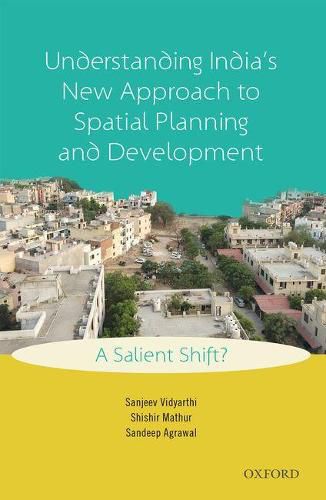Readings Newsletter
Become a Readings Member to make your shopping experience even easier.
Sign in or sign up for free!
You’re not far away from qualifying for FREE standard shipping within Australia
You’ve qualified for FREE standard shipping within Australia
The cart is loading…






Is there a political and economic struggle when it comes to spatial development and planning of India’s urban and rural landscapes? This book brings together the ongoing shift in India’s approach to spatial planning and development in line with changes in the country’s polity. Taking the regime change in the early 1990s as a point of departure, it focuses on transformations in the distinct, but interrelated, domains of infrastructure finance and development, local spatial planning practice, and on-the-ground empirical outcomes.
Instead of covering large cities-such as Kolkata, Mumbai, and Delhi-that dominate the discourse on urban India, the authors pay close attention to fine-grained aspects of the shift away from the well-theorized Nehruvian planning and development model. The innovative approach helps illustrate how the tensions between democratic and market-oriented impulses shape India’s existing and emergent settlements in a manner that could be uneven and largely invisible while drawing out useful insights for scholars and practitioners working in the field.
$9.00 standard shipping within Australia
FREE standard shipping within Australia for orders over $100.00
Express & International shipping calculated at checkout
Is there a political and economic struggle when it comes to spatial development and planning of India’s urban and rural landscapes? This book brings together the ongoing shift in India’s approach to spatial planning and development in line with changes in the country’s polity. Taking the regime change in the early 1990s as a point of departure, it focuses on transformations in the distinct, but interrelated, domains of infrastructure finance and development, local spatial planning practice, and on-the-ground empirical outcomes.
Instead of covering large cities-such as Kolkata, Mumbai, and Delhi-that dominate the discourse on urban India, the authors pay close attention to fine-grained aspects of the shift away from the well-theorized Nehruvian planning and development model. The innovative approach helps illustrate how the tensions between democratic and market-oriented impulses shape India’s existing and emergent settlements in a manner that could be uneven and largely invisible while drawing out useful insights for scholars and practitioners working in the field.